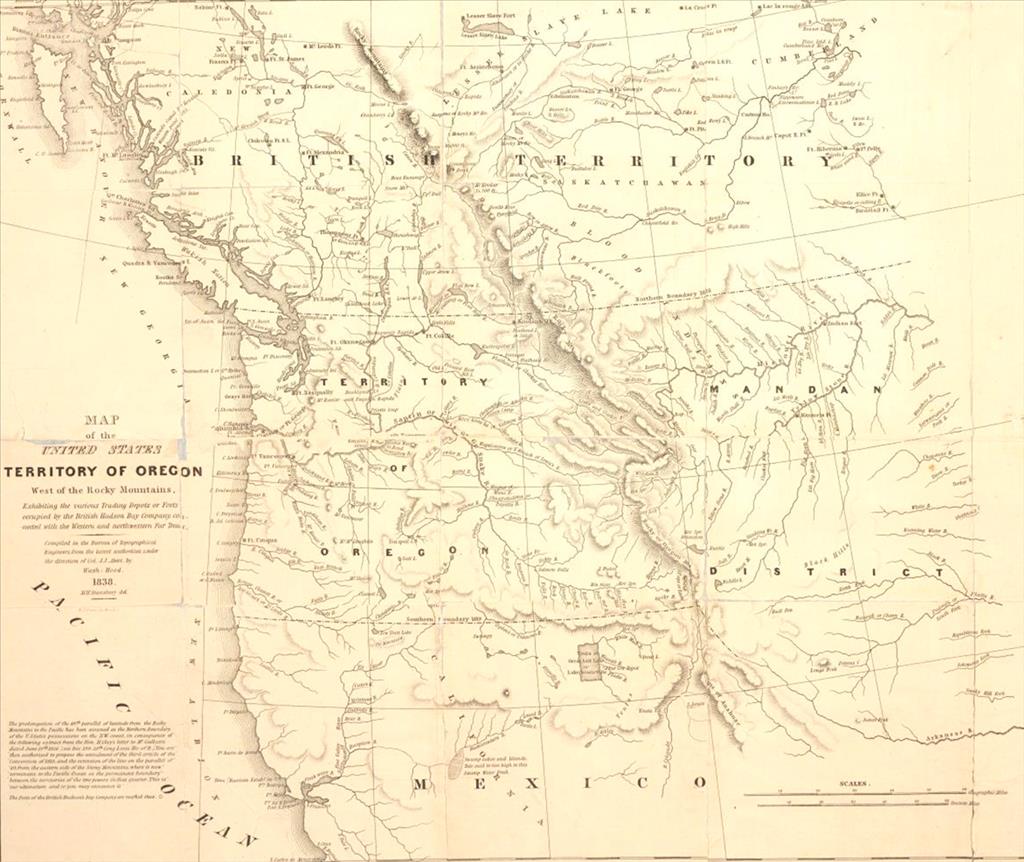On May 9, 1959, the call letters of the existing AM station begun in 1946 were changed from KHON-AM to KPOI-AM and the format was changed to full-time rock-and-roll.
On May 18, 1959, KPOI Radio 1380 AM signed on the air (one of the first stations to use a name, not the series of call letters issued by the FCC). K-POI was the focal point of rock-and-roll in the Hawaiian Islands in the early years of Statehood. (Territorial Airwaves)
Originally on-air from 6am until midnight; after a few ratings KPOI went 24 hours. The ratings then were Hoopers. K-POI rocketed to #1 — with shares in the high teens and sometimes 20’s — by October. (Jacobs, ReelRadio)
The K-POI studio and tower were located at 1701 Ala Wai Boulevard between Kalakaua Ave and John Ena Road. The tower was located along the Ala Wai Canal, across from the old Aloha Motors location (across the Ala Wai from where the Convention Center is situated).
A crew of young broadcast vets known as the ‘Poi Boys’ came on and played the Top 40 hits mixed in with outrageous fun and games.
The original Poi Boys included ‘Uncle’ Tom Moffatt, Bob ‘The Beard’ Lowrie, ‘Jumpin’’ George West, Sam Sanford and ‘Whodaguy’ Ron Jacobs. “They ranged from merely extroverted to outright nuts.” (Jacobs) Moffatt stayed with the station for 14 years, eventually becoming vice president and general manager. Other Poi Boys came and went.
“We had a lot of creative minds at KPOI and that’s where I learned a lot,” says Mofatt. “It was the first 24-hour-a-day, all-rock station and that’s where we started putting our minds together and developing marathon hits, bowl-a-thons, hula-thons and every kind of ‘thon’ you could imagine.”
“The first, and greatest, [Thon] was when Tom Rounds, our News Director, stayed awake in a funky department store’s window for 8 1/2 days (!!!) thus breaking the record in the Guinness Book when few people even knew of that volume.”
“K-POI jocks hung from cars suspended from cranes, broadcast underwater from a glamorous Waikiki pool, and competed in Drum-A-Thons, Pool-A-Thons, Insult-A-Thons, donkey basketball games and endless stuff that caught the fancy of the kids turning on to Elvis, Frankie, Ricky, Fabian, etc.”
“We ran our own board, answered the phones, filled out two logs, flipped two-minute records, watched the news wire and made our own coffee. There was no such thing as a ‘post’ to ‘hit,’ children. You just felt it man.” (Jacobs, ReelRadio)
“In June 1960, Dave Donnelly, recently discharged from the Navy and studying drama at UH, joined KPOI as the weekend newsman. He replaced Larry Cott, who left to write political commentary full time. Within a year Donnelly was reading the news on the ‘Ron Jacobs Show.’”
“Every morning for three hours we peered at each other through a soundproof window. [Jacobs] played records by ‘Ricky’ Nelson, the Five Satins, Connie Francis — all the golden oldies of the future.”
“Donnelly reported on Hawaii newsmakers like Gov. William Quinn, Mayor Neal Blaisdell and new U.S. Sen. Hiram Fong. International headlines, which included named like Gagarin, Eichmann, Gromyko and DeGaulle, seemed to be coming from another worlds.”
“It was 20 years before CNN began … Rounds nicknamed Donnelly ‘The Moose’ because ‘he was big and hulking — like a moose.’”
“Later, when Donnelly morphed into a Poi Boy, he was issued a goofy jingle that ended with the words, ‘Moose, Moose, Moose.’ Donnelly pretty much despised the moniker.”
“If [Jacobs] called him the ‘Moose’ off the air, he would shut [him] up by calling [him] ‘Ronnie,’ which he knew [Jacobs] hated since elementary school.” (Jacobs, SB)
In the late 1970s, K-POI AM ceased operations, the property on 1701 Ala Wai Blvd sold and the AM tower dismantled. But the KPOI Poi Boys had changed Hawaii’s radio landscape forever. (Territorial Airwaves)











































